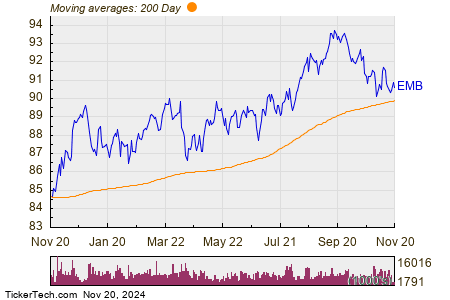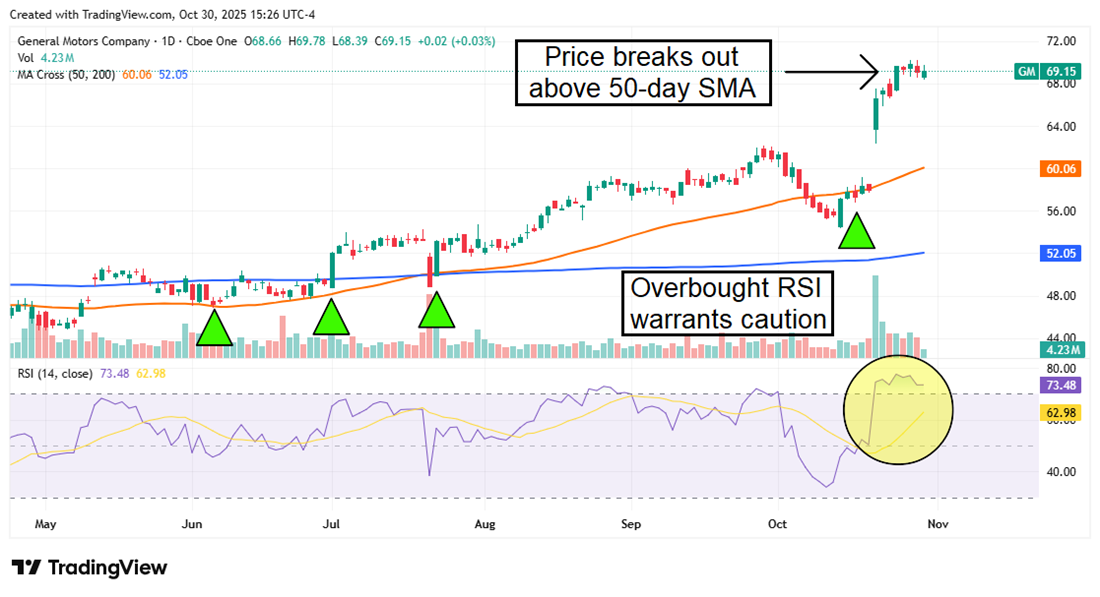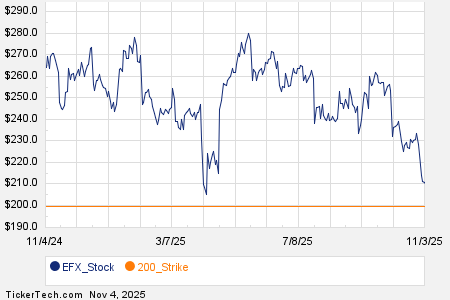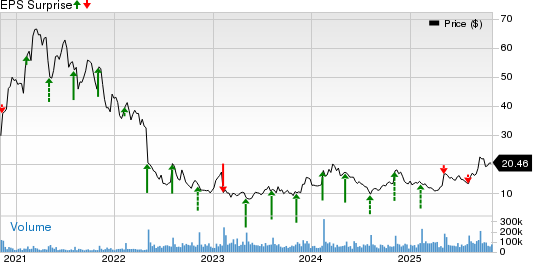Understanding Market Volatility: How ETFs Can Help You Navigate the Ups and Downs
Volatility indicates how much the price of an asset or market fluctuates. Historically, there has been an inverse relationship between volatility and the stock market. When markets rise, volatility generally decreases as investor confidence grows. Conversely, during market declines, volatility increases as investors grow wary.
The most common gauge of market volatility is the CBOE Volatility Index, better known as the VIX. Often referred to as the “fear gauge,” the VIX measures investor expectations and potential market disruption, based on S&P 500 index options prices. A VIX reading above 25 or 30 usually signifies increased market anxiety and expectations for large price swings, while a reading below 15 suggests more stable, calm market conditions.
Volatility Exchange-Traded Funds (ETFs) allow investors to gain exposure to market volatility mainly through VIX futures contracts. Rather than tracking the actual VIX index directly, these ETFs aim to follow the S&P 500 VIX Short-Term Futures Index. Below are three key volatility ETFs to consider in a turbulent market:
ProShares VIX Short-Term Futures ETF
This fund aims to trace the front-month VIX futures contracts. The ProShares VIX Short-Term Futures ETF (BATS: VIXY) provides direct exposure to short-term volatility, serving as a hedge against stock market declines. It offers a straightforward, non-leveraged means to gain volatility exposure, contrasting with more complex options like UVXY.
However, VIXY’s value may diminish over time due to the contango effect in VIX futures. This makes it more fitting for short-term trades rather than long-term investments. Investors should note that during periods of low volatility, this ETF may consistently lose value even without considerable market shifts.
ProShares Ultra VIX Short-Term Futures ETF
For those looking to amplify their exposure to volatility, the ProShares Ultra VIX Short-Term Futures ETF (BATS: UVXY) offers 1.5x leveraged exposure. This leveraging can heighten both potential gains and losses, making UVXY a high-risk choice intended for aggressive, short-term traders betting on volatility spikes.
Short-term traders might capitalize on sudden market selloffs, but this requires precise timing due to the rapid value decay. The combination of leverage and the natural reduction from futures roll costs renders UVXY a speculative instrument, best suited for active traders.
ProShares Short VIX Short-Term Futures ETF
Targeting profit from falling volatility, the ProShares Short VIX Short-Term Futures ETF (BATS: SVXY) provides inverse (-0.5x) exposure to VIX futures. Investors anticipating market calm or reduced volatility can utilize SVXY to benefit in bullish conditions.
This ETF is most appropriate for seasoned traders with a solid grasp of volatility products. Due to its inverse nature, steep losses may occur during protracted volatility spikes or market crashes, underlining the importance of risk management.
Seizing Opportunities in Turbulent Markets
Successful investing in volatility ETFs demands tactical, short-term trading strategies. Timing is critical, as significant price shifts are typically triggered by unpredictable events or increased market anxiety.
Consider the days leading up to major economic reports, geopolitical tensions, or earnings announcements, which can all lead to market unrest. Today, ongoing geopolitical issues and inflation may create an environment ripe for volatility spikes.
Investors anticipating such increases could use VIXY or UVXY to leverage expected VIX rises. In past instances of market turmoil, UVXY has shown potential for quick gains during volatility surges.
On the flip side, believers in calm markets could profit with SVXY. However, this strategy carries higher risk; unexpected volatility increases can quickly lead to significant losses with inverse ETFs.
Managing Risks in Volatility ETFs
Volatility ETFs, especially leveraged and inverse options like UVXY and SVXY, present high-risk profiles. Proper risk management strategies are crucial for successful trading.
-
Small Position Sizes: Due to rapid value fluctuations, keep investments in volatility ETFs small, constituting only a minor portion of your overall portfolio.
-
Stop-Loss Orders: Active traders might find stop-loss orders useful for limiting losses, though the inherent volatility can complicate execution.
-
Continuous Monitoring: Given the short-term nature of these ETFs, active, frequent monitoring of positions is essential.
-
Know Your Investment: Before diving in, ensure a thorough understanding of VIX futures, contango, time decay, and specifics of the ETFs you’re trading.
-
Tax Considerations: Note that volatility ETFs may require filing the complex Schedule K-1 tax form.
Volatility ETFs are not suitable for everyone, especially not for novice investors seeking long-term strategies. They present a unique opportunity for profiting amidst market chaos, yet this potential comes with considerable risks that require vigilant management.
Before making your next trade, consider the insights of seasoned analysts.
MarketBeat tracks Wall Street’s top analysts and their stock recommendations daily.
Our team has identified five stocks that leading analysts are quietly urging their clients to purchase before they become widely recognized. None of the big-name stocks made this list.
They believe these five companies represent the best current investment opportunities…
Discover The Five Stocks Here
The views and opinions expressed herein are those of the author and do not necessarily reflect the views of Nasdaq, Inc.







